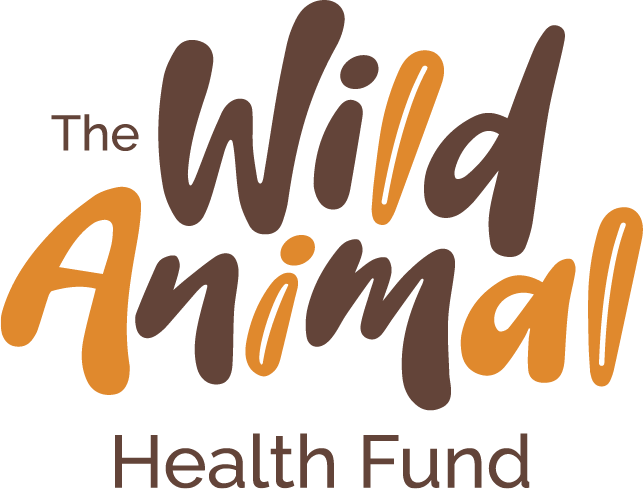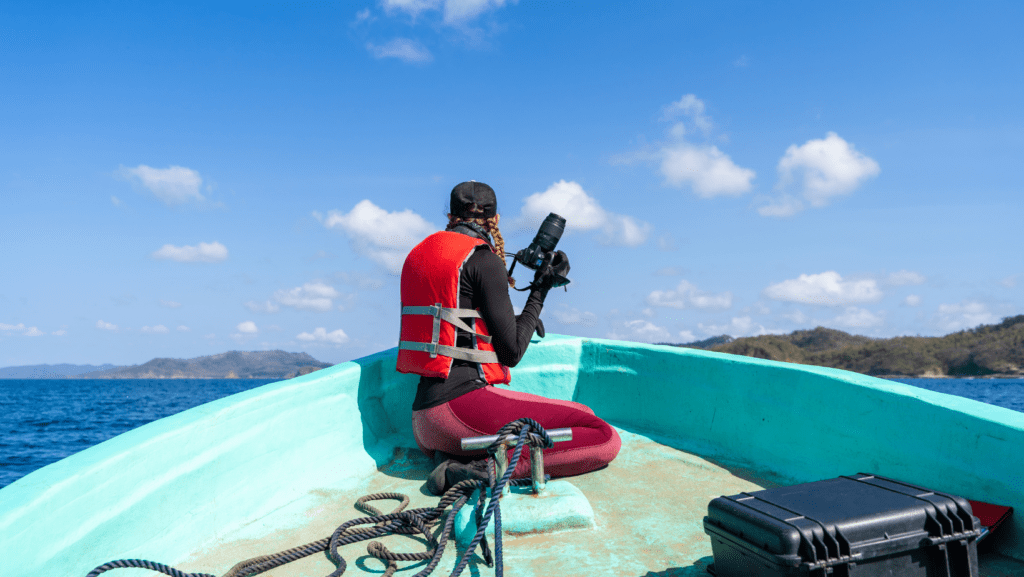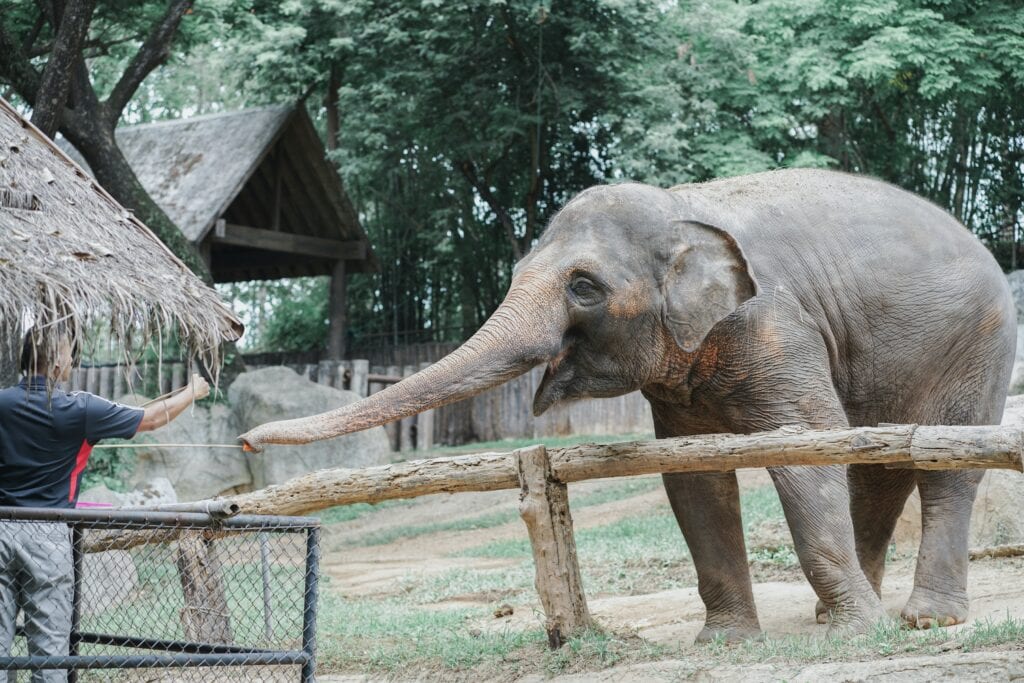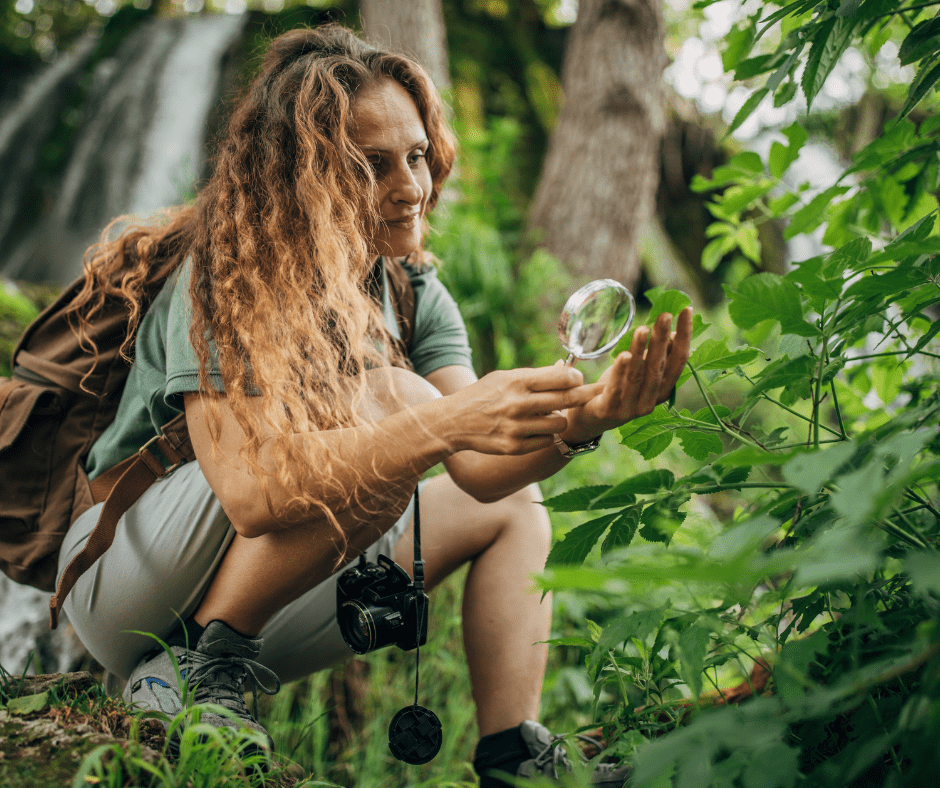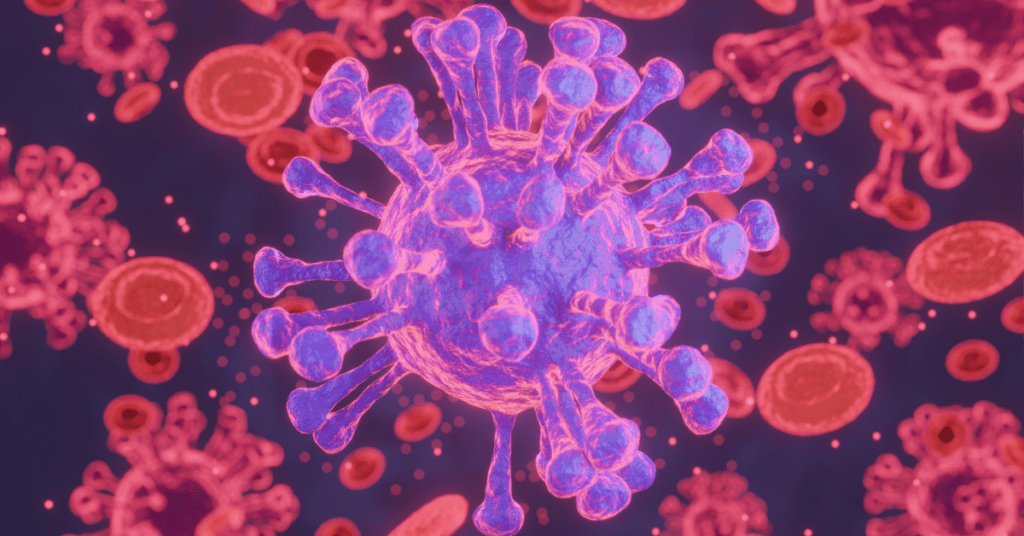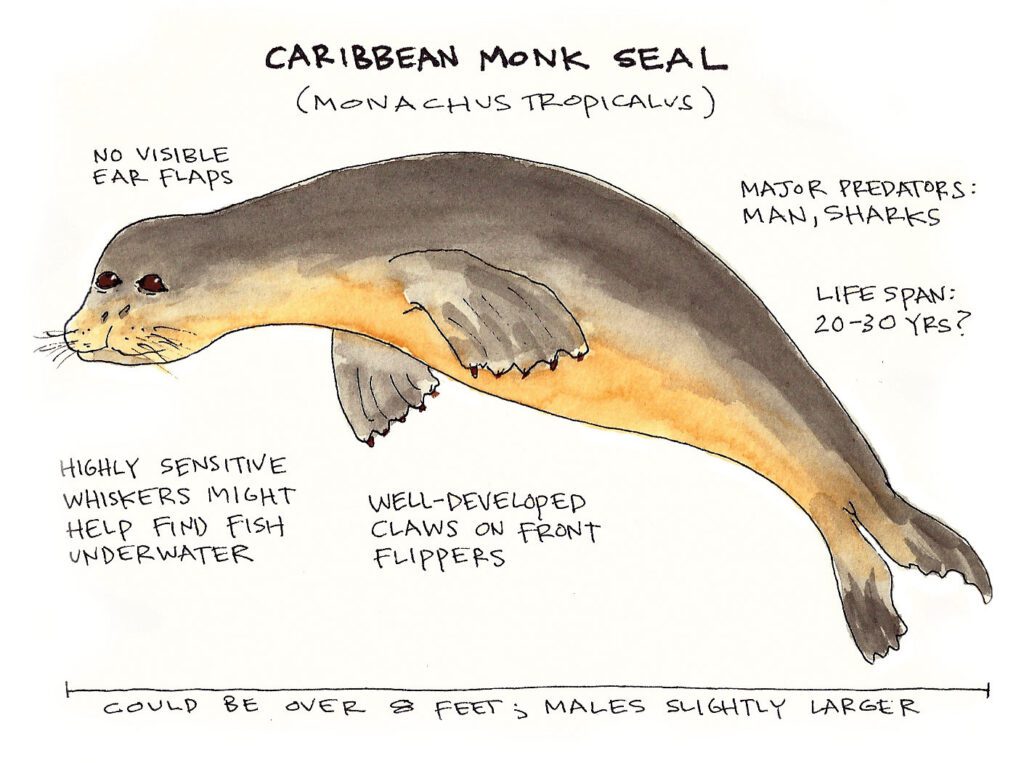Facts and Questions
Why Wetlands (And Their Inhabitants) Are Important
In the safety of marsh grass, a frog croaks in the dead of night. An alligator’s all-seeing eyes sit still above the murky water while the rest of his body is submerged below. Deer are grazing not far off on firmer soil and a lonely owl hangs among the cypress trees. In a small corner…
Read MoreGlobal Wildlife Conservation Efforts
Somewhere right now, a wildlife pathologist is working tirelessly in a lab investigating animal diseases. Across the sea, there are veterinarians in Africa saving and protecting species we have all known to love. And, in the middle of the Pacific Ocean, biologists sampling and tracking aquatic life to learn more about the creatures that fascinate…
Read MoreHow Do Zoos Help Animals?
There are very few places where you can safely experience the diversity of wildlife, learn about the world around you, or help animals threatened with extinction. The only place where you can do all three is at a zoo. The path for zoos to become the amazing institutions they are known as today has been…
Read MoreCareers Working With Wildlife
Don’t put yourself in a box—there are dozens of career options to explore that help zoos and wild animals. A career working with wildlife is a rewarding job. You can see how your actions directly influence the lives of animals around the globe. Each one of the occupations listed below involves being an animal advocate…
Read MoreGlobal Threats to Shark Populations
Offshore impact such as underwater noise and wind energy development has led to the decline of shark populations in many areas. In fact, elasmobranch abundance (sharks, rays, and similar animals) has declined globally by 71% in the past 50 years. To the average person, this may not seem like an issue that requires an immediate…
Read MoreWorld Snake Day
Snakes have slithered around earth for hundreds of millions of years. These ancient reptiles help keep populations in check, regulate our environment, and some have even become beloved pets. Yet, they remain fascinating creatures. As with many species, there are still some things we have yet to discover about them. World Snake Day celebrates these…
Read MoreWhat are zoonotic diseases?
Zoonotic diseases are diseases and infections that are naturally transmitted between animals and people. The CDC recognizes over 150 of these diseases! Impacted animals can be wild or domestic, from the fish in the water to the monkeys in the trees. According to the CDC, scientists estimate that more than 6 out of every 10…
Read MoreWhat is wildlife conservation?
Wildlife Conservation is the practice of protecting and preserving wildlife and their natural habitats to maintain healthy populations and prevent extinction. Why is this important? We are all connected. Everything has its purpose in the animal kingdom, and losing one species jeopardizes other species (including humans!) Without the plants and wildlife, the food chain will…
Read MoreWhat Does Endangered Mean?
If an animal has reached endangered status on the IUCN Red List, that means that their natural populations have dropped so significantly that the species populations may not be able to grow quicker than they decline. Animals in danger of being extinct will affect all populations, including humans. Animals are becoming endangered due to: Many…
Read MoreAnimals That Are Extinct (from this century)
You’ve probably heard of a species going extinct, but what does that mean exactly? The International Union for Conservation of Nature (IUCN) categorizes all species. There are several categories for classifying species: Not Evaluated (NE), Data Deficient (DD), Least Concern (LC), Near Threatened (NT), Vulnerable (VU), Endangered (EN), Critically Endangered (CR), Extinct in the Wild…
Read More